Innovations in Green Roofs Bring Benefits
Vegetative roofs help save energy, reduce stormwater runoff, and make the building more attractive and valuable.
Change often comes slowly in facility management. Facility managers tend to stick with what has worked for them in the past, so manufacturers continue to produce building components and systems that stick with what has sold for them in the past. This approach has been particularly true when it comes to roofing systems. Building designers specify roofing systems that they have used in the past. Facility managers specify replacement roofs that were identical to the ones that they are replacing. Deviations were rare. Until now.
The past few years has seen a major change in the approach to what type of roof is being installed in both new construction and in re-roofing applications. No longer are new buildings limited to only a few design options. And no longer do facility managers simply replace in-kind. Today there are options. Selecting the best option requires that facility managers understand what is available and which is best suited for their particular application.
Green roofs
Of the new options available in roofing systems, the one that has received the most attention is the vegetative or green roof. Green roofs are fully or partially covered with vegetation and a growing medium. From a visual standpoint, they transform a bare roof area into a type of garden, but the impact of green roofs goes far beyond the visual.
The installation of a green roof significantly reduces the heat load on the building’s HVAC system by reducing the absorption of the sun’s heat on the roof membrane. Additional cooling effects are produced by the natural evaporation of water from the vegetation and the growing medium.
In addition to reducing building heating loads, green roofs can help with controlling storm water runoff by retaining a portion of the water and controlling its release to the environment. This is particularly important in urban settings where there may not be sufficient land for the installation of storm water ponds.
One of the most destructive forces acting on a roof membrane is swings in temperature. The greater the swing, the more damage it does. It is not uncommon for conventional roof membranes that are exposed to direct sunlight and cold winter temperatures to experience temperature extremes greater than 120 degrees F. Green roofs, with the additional insulating value and the natural cooling of the installed vegetation and growing medium can cut that swing in half, extending the service life of the roof membrane.
Green roofs also shield the roof membrane from the effects of ultraviolet light (UV) from the sun. UV light attacks many of the materials in roof membranes. Green roofs protect the covered portions of the roof from UV light, further extending the service life of the membrane.
The success of green roofs depends to a great extent on careful planning and maintenance. First, the roof must be structurally capable of supporting the additional weight of the vegetation, growing medium, and the water being retained on the roof. New roof designs must take into consideration this additional weight. Existing roofs must be evaluated by a structural engineer to ensure they will be capable of supporting the additional weight.
A building roof is not a natural site for vegetation. In fact, it can be considered a hostile site. High ambient temperatures combined with high levels of sunlight and potentially high wind exposures make it challenging for plant growth. Plants must be able to survive drought conditions while growing in shallow soil that is subject to periods of high water levels following rainfall. Success requires careful selection of plants that can survive under these conditions.
Green roofs typically require that additional layers be installed over the roof membrane to prevent roots from penetrating and damaging the membrane. They also require a drainage system to move excess water to the roof drain. Depending on the climate, a green roof may require that an irrigation system be installed if the region is subject to droughts.
How much can one expect to pay for a green roof? EPA estimates that green roofs will increase the cost of a roof on average by $10 to $15 per square foot, with additional annual maintenance costs of about one dollar per square foot.
Comments
Source: Commercial Roofing




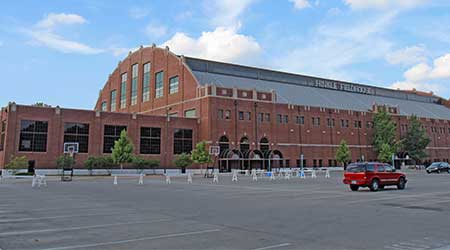

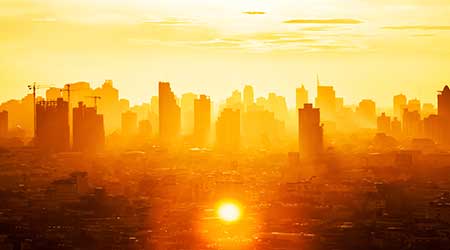
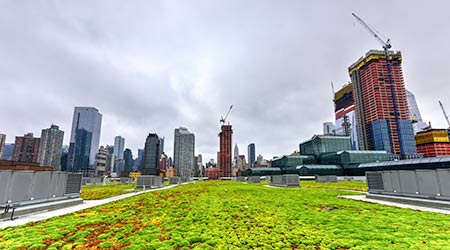
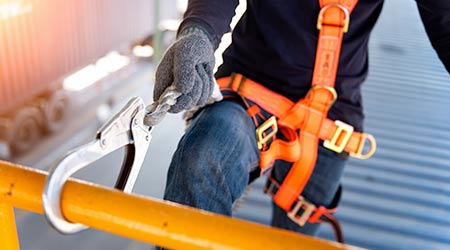
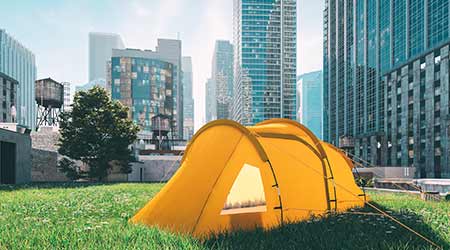
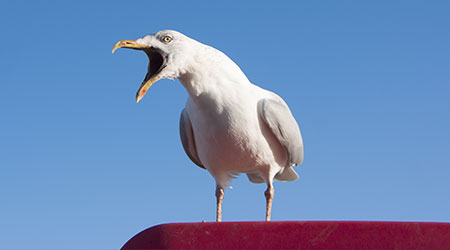
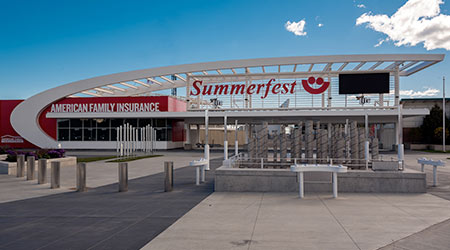
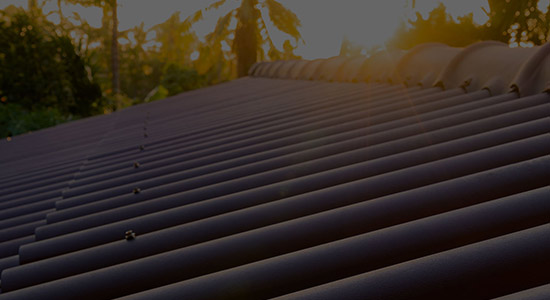
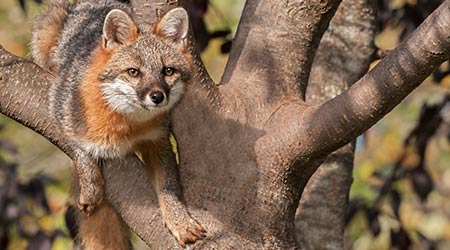
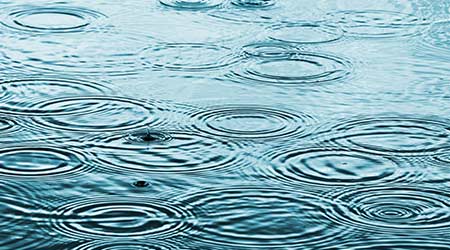
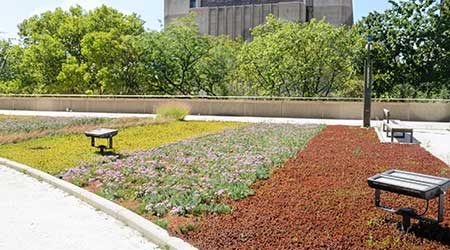
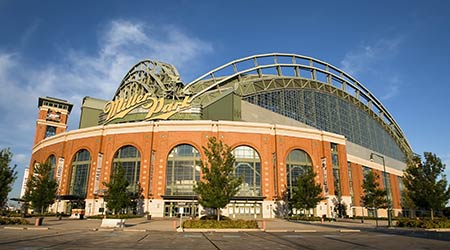
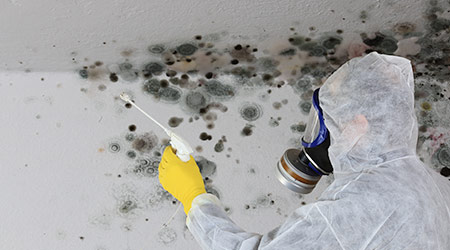
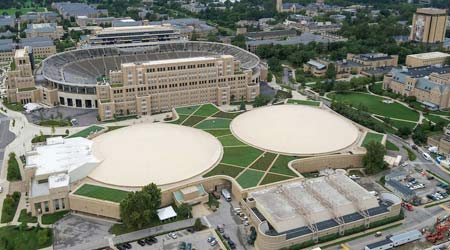

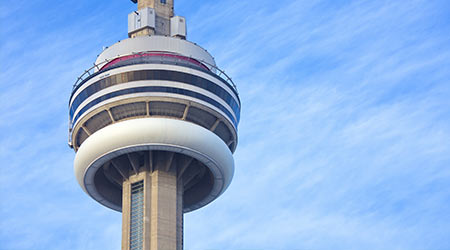
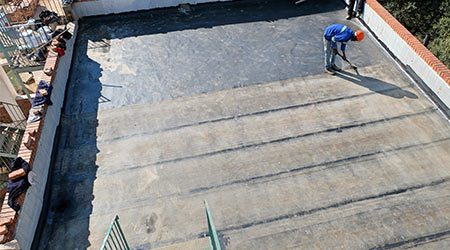
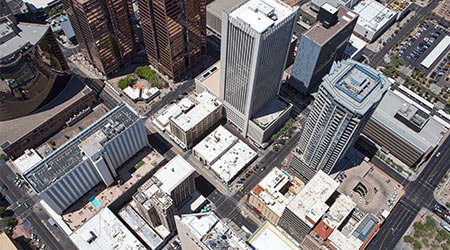
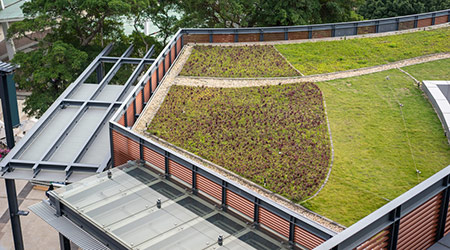
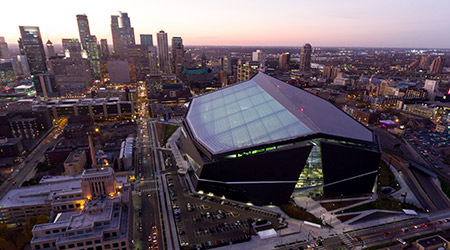
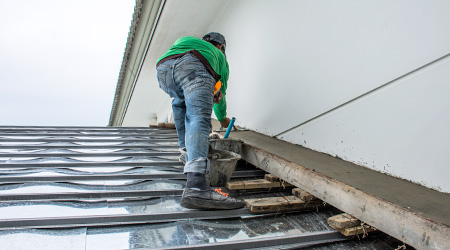
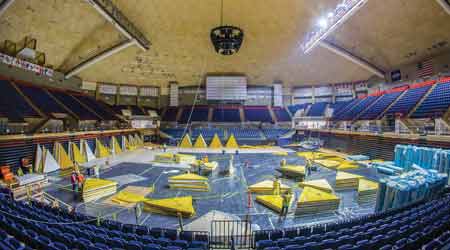
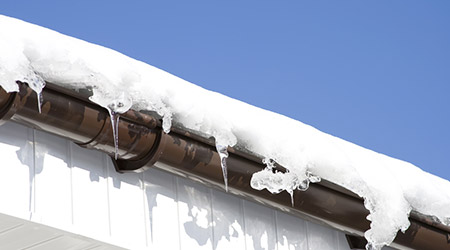
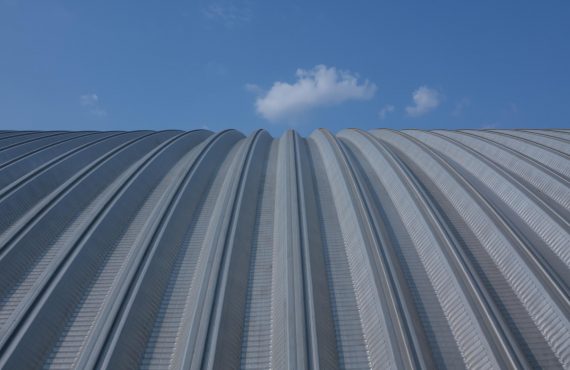
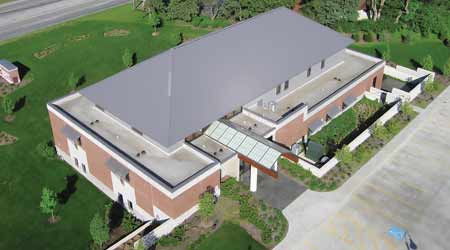

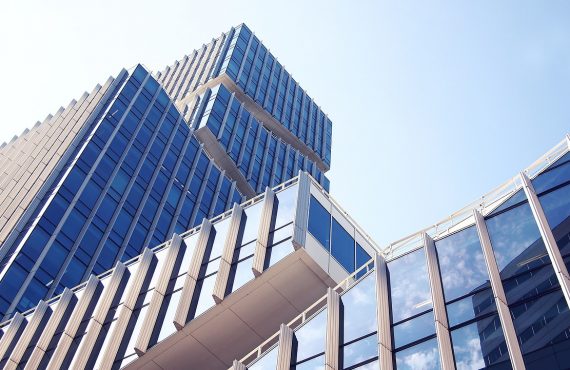
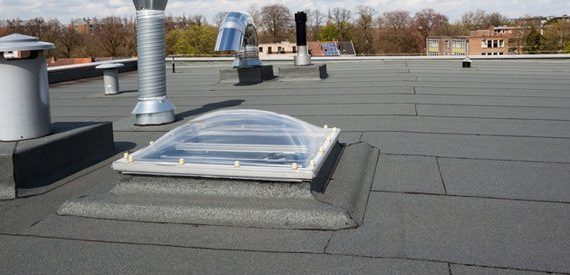
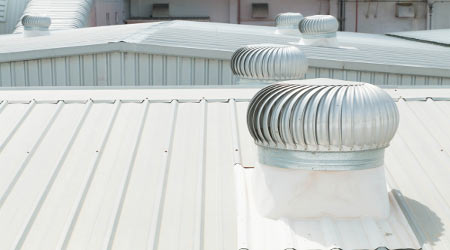
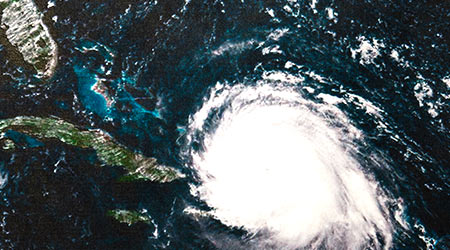
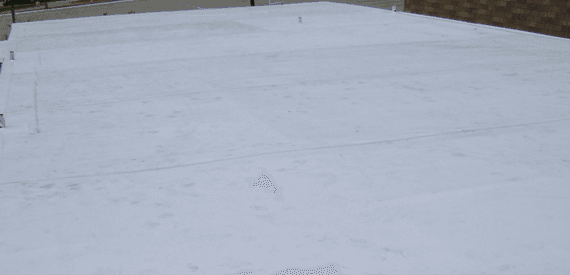


No comments yet.